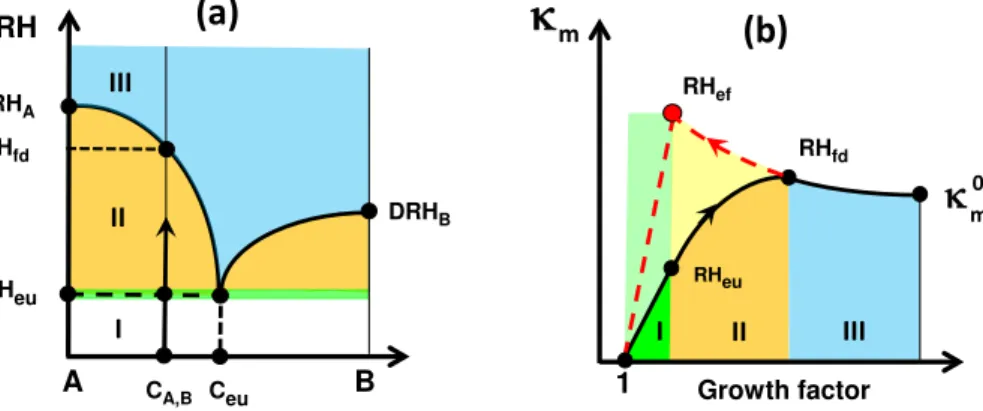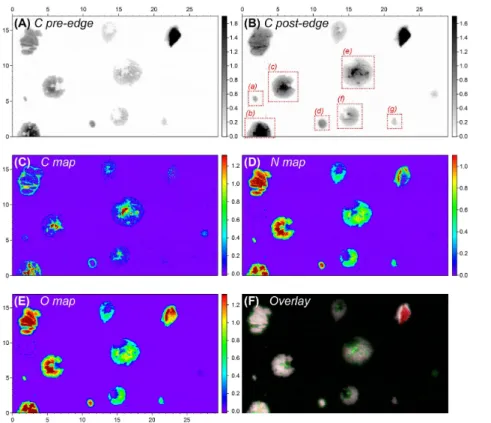Chemical composition, microstructure, and hygroscopic properties of aerosol particles at the Zotino Tall Tower Observatory (ZOTTO), Siberia, during a summer campaign
Texto
Imagem




Documentos relacionados
Tables 1 and 2 show the physical, chemical and microbiological parameters determined in samples of the different treatments, one month after having mixed different types and
( B, C and D ) GB7 cells infected with lentiviral particles carrying anti-REST shRNA (shREST) show a strong reduction in REST expression both at mRNA and protein levels as determined
algorithm organic derived radicals are involved in activation and growth and link the formation rate of smallest aerosol particles with OH during daytime and NO 3 during
Early descriptions of internally-mixed particles concep- tually decomposed the particle into an insoluble and non- hygroscopic core immersed in an aqueous-ionic solution of some
the mixing state of aerosol particles is classified as follows: if all particles of a cer- tain size have almost the same chemical composition, they are described as internally
As discussed above the dominant mode diameter of particles during the particle growth event was smaller than during the fresh plume and so a change in particle composition leading
In this study, we analyzed number concentration and size distribution of aerosol particles, together with the mass concentration and chemical composition of UFPs and PM 1
In the coating studies three ammonium sulfate particles of three sizes ( d core = 34, 53 and 73 nm) were coated with adipic acid (coating thickness ∼ 5–34 nm), and the CCN activity





